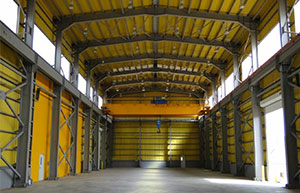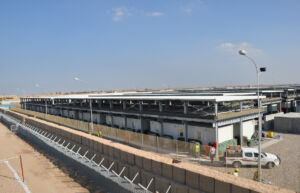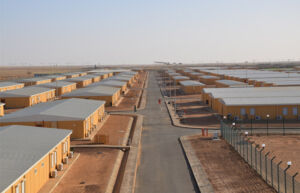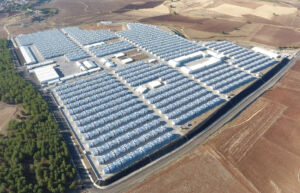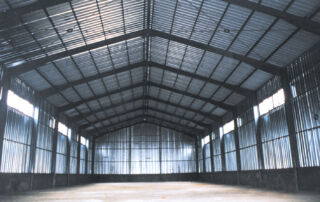Heavy Steel / Pre-Engineered Buildings
In an era where efficiency, durability, and sustainability are paramount, heavy steel / pre-engineered buildings are transforming the construction landscape. These innovative structures offer unmatched strength and rapid deployment while reducing costs and environmental impact. Industry leaders like Dorce Prefabricated & Construction are at the forefront of this revolution, leveraging cutting-edge technologies to deliver superior building solutions worldwide.
What Are Heavy Steel / Pre-Engineered Buildings?
Heavy steel or pre-engineered buildings are structures designed and fabricated using high-strength steel components manufactured under controlled conditions. Unlike traditional on-site construction, these buildings are assembled from pre-fabricated modules or panels, ensuring precision and quality. The design is optimized for rapid assembly and can accommodate long spans and large open areas, making them ideal for industrial, commercial, and institutional applications.
Key Characteristics:
- Pre-Engineered Design: Utilizing advanced computer-aided design (CAD) and simulation tools to optimize structural performance.
- Factory Fabrication: Components are produced in a controlled environment to ensure consistency, quality, and minimal waste.
- Rapid Assembly: On-site construction is significantly accelerated since modules or panels are delivered ready-to-assemble.
- Versatility: Suitable for a wide range of applications, from warehouses and factories to offices and community centers.
Advantages of Heavy Steel / Pre-Engineered Building Systems
1. Superior Structural Integrity and Durability
Heavy steel structures are engineered to withstand harsh environmental conditions, heavy loads, and seismic activities. Their robust construction ensures longevity and reduced maintenance over the building’s lifecycle.
2. Accelerated Construction Time
By shifting a substantial portion of the construction process to the factory, pre-engineered buildings can be erected much faster than traditional structures. This acceleration not only reduces labor costs but also minimizes disruption to the project site.
3. Cost-Effective and Resource-Efficient
- Optimized Material Use: The precision of factory fabrication minimizes waste and ensures efficient material usage.
- Lower Labor Costs: With components manufactured off-site, the need for extensive on-site labor is reduced.
- Energy Efficiency: Pre-engineered systems often incorporate sustainable practices and high-performance insulation, reducing energy consumption during operation.
4. Enhanced Quality Control
Manufacturing components in a controlled environment allows for rigorous quality checks at every stage, ensuring each part meets stringent standards. This consistency results in a building that is both reliable and high-performing.
5. Sustainability and Environmental Benefits
Heavy steel is fully recyclable and has a lower carbon footprint compared to many traditional building materials. Additionally, the reduced on-site construction activity minimizes environmental disruption and vehicle emissions.
Applications of Heavy Steel / Pre-Engineered Buildings
Pre-engineered steel buildings are versatile and can be customized to suit various requirements:
- Industrial Facilities: Factories, warehouses, and logistics centers benefit from the large, open spaces and rapid construction.
- Commercial Complexes: Office buildings, shopping centers, and exhibition halls can be quickly erected to meet dynamic market demands.
- Institutional Buildings: Schools, hospitals, and community centers leverage the durability and flexibility of pre-engineered systems.
- Infrastructure Projects: Heavy-duty applications, including sports arenas, airports, and military installations, require the strength and adaptability provided by heavy steel construction.
